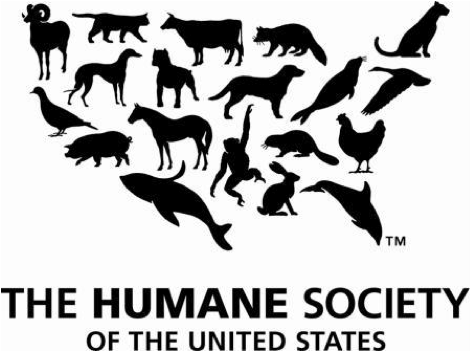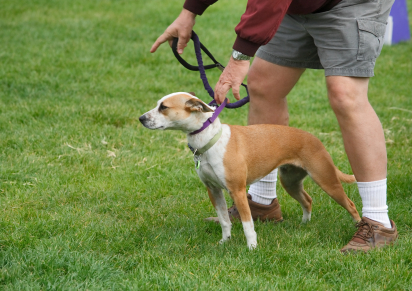 For many years now, we have all heard the warnings about using sunscreen to protect our skin from UVA and UVB rays that can be harmful to humans. However, many pet owners may not realize that their pets need sun protection too.
For many years now, we have all heard the warnings about using sunscreen to protect our skin from UVA and UVB rays that can be harmful to humans. However, many pet owners may not realize that their pets need sun protection too.
Animals with light colored noses, those with missing fur or short hair or if you have had your pet’s coat trimmed for the summer are the most in need of sun protection. The groin, inside legs and abdomen are also areas that generally need protection as the skin is sensitive and the fur tends to be thin in these areas. Because UV rays are reflected off many surfaces like the water, snow and even concrete, we tend to forget that our pets are exposed to the suns influence in different ways then ourselves year round.
Many pets also like to expose their bellies to the sun and may need sunscreen. Pets who have suffered hair loss from allergies, hot spots, disease, surgical preparation, or radiation can benefit from sunscreen.
If you plan to use human sunscreen you should make it fragrance free, non-staining and be around SPF 15 or SPF 30. Sunscreens designed specifically for pets do not contain SPF designations because the FDA has not determined these values in pets. Sunscreen products that contain these protective ingredients should not be used on pets: Ethylhexyl Methoxycinnamate, Zinc, Octyl Salicylate, Homosalate and Benzophenone-3.
There are some sunscreens made just for pets but sunscreen made for babies is also an option. If your pet tends to lick you should probably stick to pet sunscreens that are not harmful if ingested. It is recommended that pet owners use 1 tablespoon of lotion or cream for each body area treated and should be reapplied every 4 to 6 hours during the midday hours when the sun rays are strongest.





